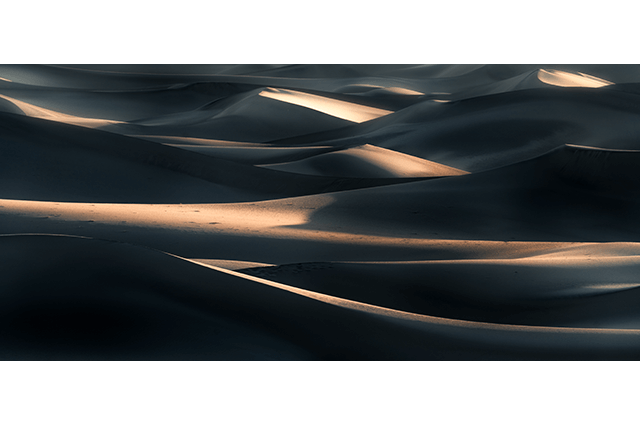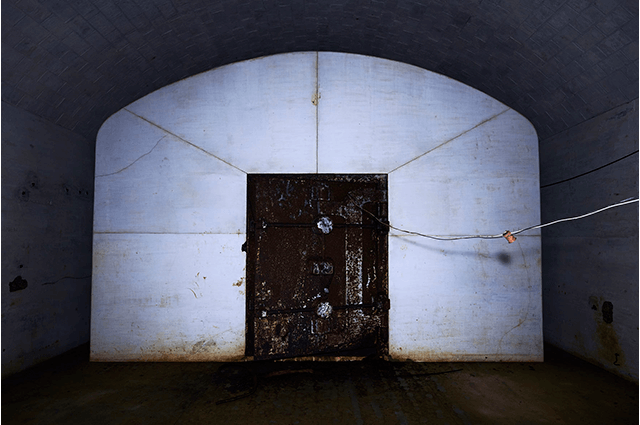Tsutomu Yagishita Photo Exhibition Windows: Recollections Not From Memory
- Dates
- Friday, February 18 - Thursday, March 3, 202211:00~18:00
Online view of his works
(In Japanese)
Online view of his works [all works ver.]
(In Japanese)
Gallery Talk with Koichi Akagi,
Takaki Hiroshige and Masakazu Murakami
(In Japanese)
Tsutomu Yagishita Profile

Affiliations
Professional Photographers of Japan
Japan Advertising Photographers' Association
Japan Photo Culture Association
- 1956
- Born in Tokyo.
- 1979
- Graduated in photography from Nihon University's College of Art.
Worked as an assistant to Isao Imai, at the Mannensha Photo Studio and under Shigeri Akimoto. - 1983
- Worked in editing and production as a photographer.
Appeared in Commercial Photography Exposed 1 (under the name of Tsutomu Kubota) released by the Japan Creators' Association (JCA). - 1984
- Won the Grand Prize at the Recruit J.J. Photo Contest.
- 1985
- Received an Honorable Mention at the Exhibition of the Japan Advertising Photographers' Association (APA).
Was active doing PR work for prominent businesses, commercials, magazine photos and photo albums while working for portrait and photo studios in Senju, Adachi-ku, Tokyo. - 1999
- Appeared in Art Box in Japan 3: Contemporary Photography/Print in Japan.
- 2000
- Won the Photo of the Year Award at the Photo Contest of the Japan Photo Culture Association.
Showed at The Planet and Humanity: Yes or No photo exhibition of the Japan Advertising Photographers' Association.
Showed at the Faces black and white photo exhibition of the 120 business operators that was done as PR for the community in Senju, Adachi-ku, Tokyo. - 2001
- Showed at the Uogashi DE photo exhibition in Senju, Adachi-ku, Tokyo.
- 2004
- Showed at the Sento photo exhibition at Kita-Senju Marui.
- 2006
- Showed at the Glass Works photo exhibition at the café inside the Tokyo Photographic Art Museum.
- 2013
- Appeared in Tokyo Photo Studio Guide released by Gap Japan
- 2018
- Published the photo book MATATAKI by Nippon Camera
- 2020
- Showed at the Proud Businesses of Adachi photo exhibition.
Photos of businesspeople in Adachi-ku were made into black and white posters by local photo studios and banks, and shown as a touring exhibition at the ward office, malls and the concourses of JR Kita-Senju Station for about 3 weeks.














In my student days, I came across a quote from Gaston Bachelard that struck a note with me. It read (translated), “Unlike in everyday life where time flows horizontally, in poetry, time is vertical and cannot be measured with a clock.” I think the same can be said of photography.
My father died when I was 4 years old, so my only memories of him are from photos. But, when I look at them, time, for me, is vertical, meaning I can stretch it out or shrink it as much as I want. So, Bachelard's words explain me.
So, great! To anyone else, they are just a bunch of old photos … which always made me wonder if a poetic instant in which others would perceive time vertically could be created with photographs.
With that thought in mind, I looked back at the photos I had taken from my twenties to just recently and organized them into three groups: “Travel”, which I took while traveling, “Day by Day”, which I took routinely, and “Long Moments”, which I took of still-lifes in the studio.
When I was flipping through the pages of an album I produced four years ago, as a part of that, I unexpectedly realized my yearning to see my father, who I can't remember.
Out of curiosity, at the time, I wanted to do something that transitioned from horizontal time to vertical time. As I thumbed through the pages, my hopes were to transform various photos that evoked some sort of physical response to my daydreaming into a spread, as a form of dream-like expression. So, nothing I imagined was geared for showing.
But, during the pandemic, I reread several books I had read long ago and did not understand. One was “The Catacombs of Misraim” by Michael Ende. Misraim is a place of exile. It's in Egypt. There's a big river. It's a land where time passes by - the real world, in other words. Catacombs are underground burial chambers. The story is about a surveyor who was cast into the shadows of the underworld. Actually, this is just the first half, but …
This man often dreams of the outside world where he lived before being cast into the shadows and, when he wakes up, his cheeks are always wet with tears. Beset by his feelings, he draws pictures of his dreams on the walls of the underworld with chalk he smuggled in from his work. However, he does not depict what he sees in his dreams, because he involuntarily draws a window every time. Moreover, there is not even a word for window in the underworld.
That's it, I thought, the kind of image I want for this exhibition!
Tsutomu Yagishita